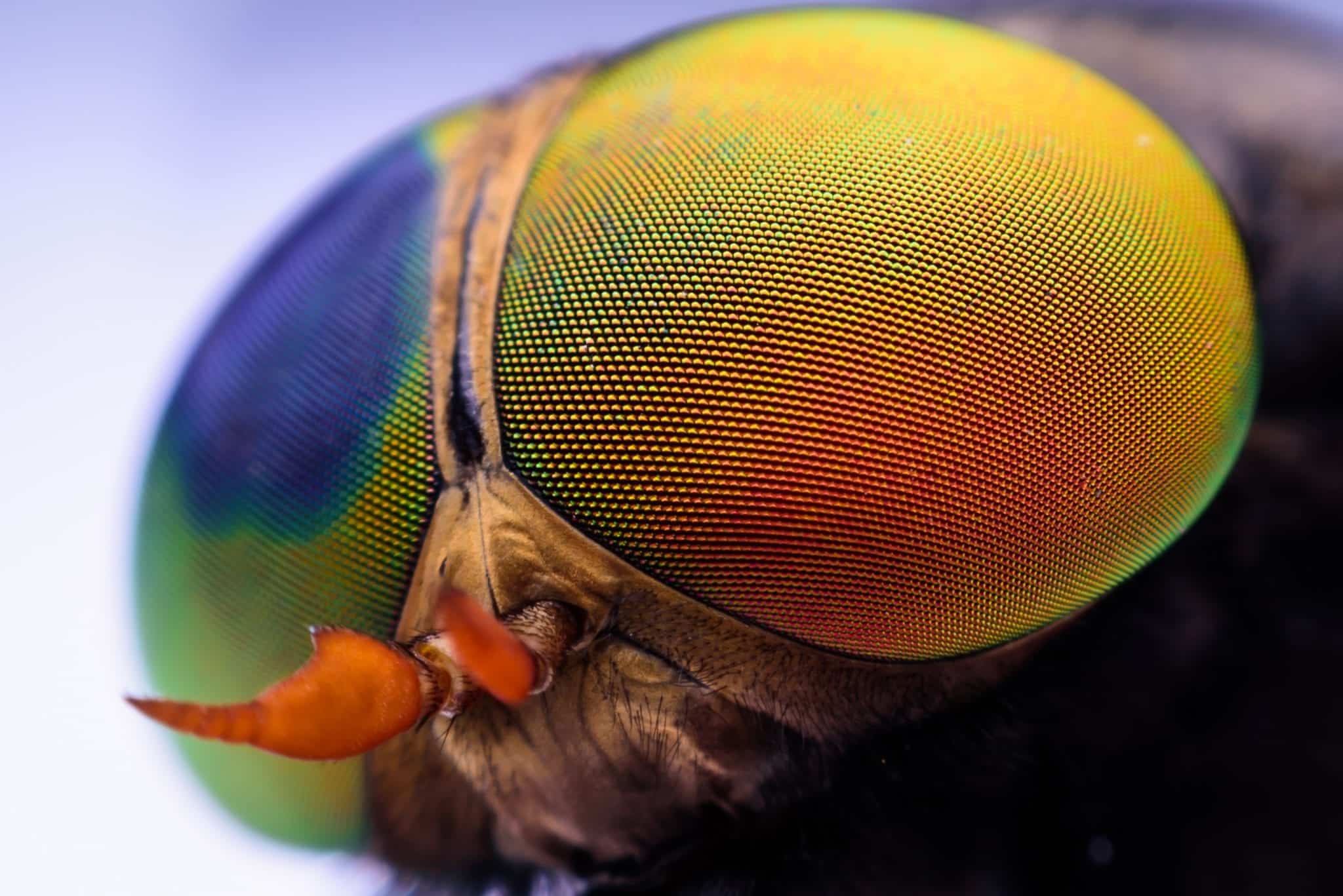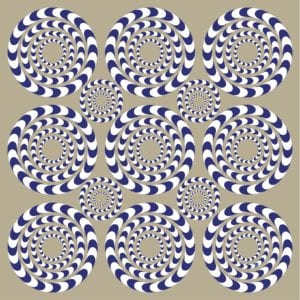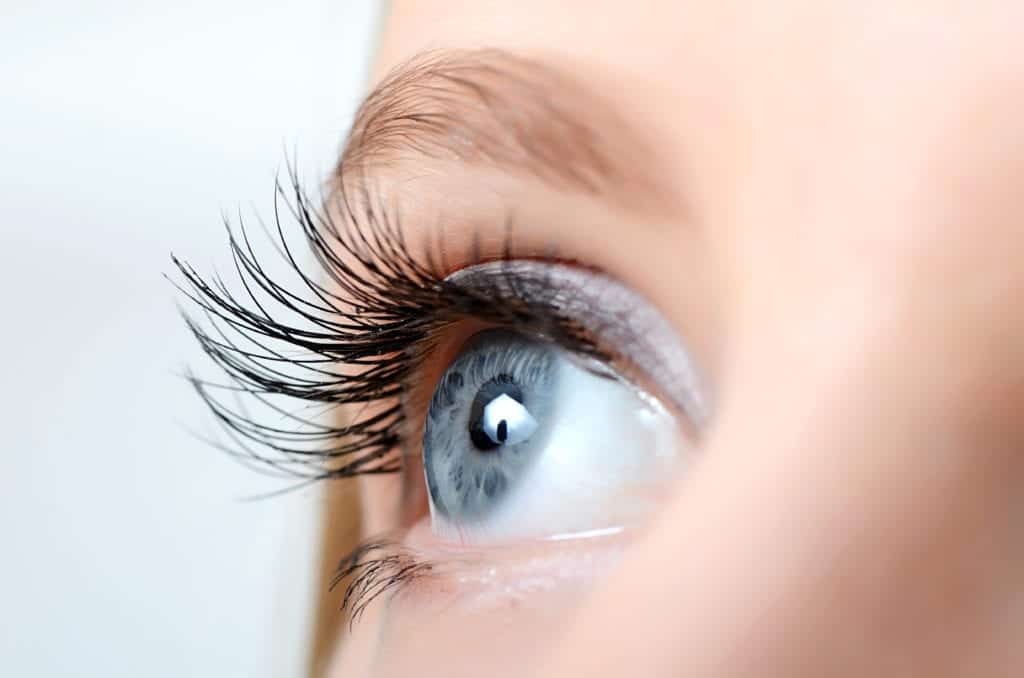Fly’s Eyes May Help Explain Optical Illusions
Fly’s Eyes May Help Explain Optical Illusions
Ommatidia
Insect eyes aren’t exactly like the eyes of mammalian creatures such as ourselves. Very often insects (including dragonflies, bees, praying mantis’, and flies) have compounded eyes. These eyes appear like two separate, large bulbs called ommatidia, which operate as their own individual visual units. This is not to say that these units are full eyes with their own full visual fields, rather they act in tandem with one another like pixels melding together to create one cohesive image. The benefit of the ommatidia lies in the scope of the image they are able to generate. Most ommatidia produce a visual field spanning nearly 360 degrees around the insect itself. This is extremely useful for the creatures as they are often simultaneously hunters and prey who always need to be on the lookout… especially if one of our pest experts are on their trail… 
Fooling Your Eyes
With such a unique and different visual processing system, it is nothing short of surprising to find out that flies can be fooled by different optical illusions just like us. A research group of neuroscientists at Yale University discovered this surprising phenomenon earlier this year. The Associate Professor of Molecular, Cellular, and Developmental Biology, Physics, and Neuroscience at Yale, Damon Clark commented on the study, stating that “it was exciting to find that flies perceive motion in static images the same way we do.” It was rather easy for the researchers to monitor the fly’s neurons in regard to their visual reception due to their small brains. While under this neurological scrutiny the flies were exposed to various different optical illusions. This allowed the team to identify which neuron types were firing in response, which happened to be the same neurons that detect motion, proving that their eyes were being fooled by the optical trick. This deduction was further supported by the physical reactions of the flies. Instinctively, flies will adjust their bodies to face any perceivable motion and the flies were continuously turning to face the optical illusions and were reacting to the specific factors of each illusion that appears to humans to be moving. 

So, What Does this Mean?
Not only was the similarity between the visual processing of both humans and flies surprising, it was enlightening. While human eyes are still far more complex, the study revealed that a similar processing mechanism occurs within both of our eyes when attempting to perceive motion. Professor Clark explains, “the common ancestor of flies and humans lived a half billion years ago, but the two species have evolved similar strategies for perceiving motion. Understanding these shared strategies can help us more fully understand the human visual system.” 
Citations
“Mechanism for analogous illusory motion perception in flies and humans” by Margarida Agrochao, Ryosuke Tanaka, Emilio Salazar-Gatzimas and Damon A. Clark, 24 August 2020, Proceedings of the National Academy of Sciences. Yale University Starr (2020) Optical Illusions Have Long Mystified Neuroscientists – Now Explained in a Fly’s Eyes, SciTechDaily. Yale University. Available at: https://scitechdaily.com/optical-illusions-have-long-mystified-neuroscientists-now-explained-in-a-flys-eyes/ (Accessed: October 2020).
Request a Free Quote Today
(We do not share your data with anybody, and only use it for its intended purpose)


